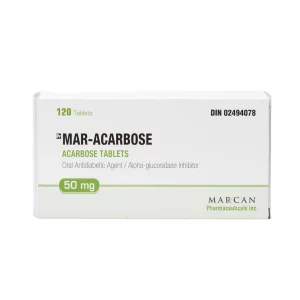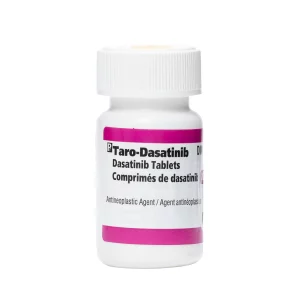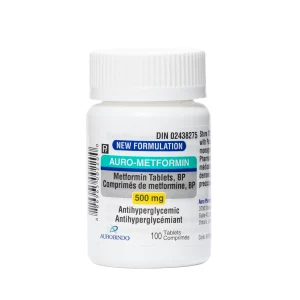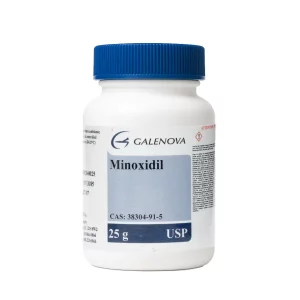Your cart is empty.
Your cart is empty.
The dasatinib and quercetin combination is an exciting and promising approach in anti-aging research. Dasatinib, a powerful Tyrosine Kinase inhibitor originally developed for treating certain cancers, is now being studied alongside quercetin for its ability to clear out harmful senescent cells, cells that have stopped dividing but don’t die as they should. These “zombie cells” can build up over time, releasing inflammatory chemicals that may contribute to aging and age-related diseases. Removing them may help reduce inflammation and support healthier, longer-lasting cellular function.
Research is also focused on the best time to take Dasatinib within longevity protocols to maximize its benefits. Understanding the timing and dosage of this combination could be crucial in supporting long-term cellular health and improving physical function as we age. In this article, we’ll explain the science behind the dasatinib and quercetin combination, how it works, the research supporting its use, and what current longevity protocols look like.
Dasatinib is a medication classified as a tyrosine kinase inhibitor. Tyrosine kinases are enzymes that signal cells to grow and divide. By blocking these enzymes, Dasatinib helps stop the growth of abnormal cells, making it effective for treating cancers like chronic myeloid leukemia.
Quercetin is a natural plant-based antioxidant called a flavonoid, found in common foods such as apples, onions, and berries. It protects cells from damage caused by free radicals and oxidative stress. Researchers discovered that when quercetin is combined with Dasatinib, the two work synergistically to target and clear senescent cells more efficiently than either does alone.
Together, this duo forms a senolytic therapy, meaning it specifically removes senescent cells that can accumulate with age and contribute to tissue dysfunction.

Senescent cells are older cells that have stopped dividing but remain alive. Normally, cells that are damaged or no longer needed undergo programmed cell death. However, senescent cells resist death and linger, releasing harmful inflammatory molecules called the senescence-associated secretory phenotype (SASP). This creates a toxic environment, negatively affecting nearby healthy cells.
Over time, the accumulation of senescent cells contributes to chronic inflammation, tissue deterioration, and the progression of many age-related diseases such as arthritis, cardiovascular disease, and cognitive decline. Clearing out these cells has the potential to improve tissue function, reduce inflammation, enhance mobility, and promote healthier aging overall.

The dasatinib and quercetin combination selectively targets different populations of senescent cells. Dasatinib primarily targets senescent cells in fat and bone tissue, while quercetin targets other types of senescent cells, adding antioxidant benefits.
This broader targeting allows for a more comprehensive removal of senescent cells, compared to using either drug alone. By clearing these dysfunctional cells, the combination may reduce inflammation and improve the function of tissues affected by aging. Studies have shown that this combo can improve physical performance measures such as walking speed and endurance, as well as reduce markers of inflammation in older adults.
Research on the dasatinib and quercetin combo has involved both animal models and early human trials. In aged mice, the treatment has extended lifespan and improved physical function. Human pilot studies suggest improvements in mobility and reduced systemic inflammation.
One notable trial showed that older adults treated with this senolytic combo had better walking speeds and endurance after a short treatment cycle. However, these findings are preliminary, and larger, longer-term studies are underway to determine safety, efficacy, and optimal dosing.
Most longevity-focused protocols use the dasatinib and quercetin combination intermittently rather than daily. Typical regimens might involve taking the drugs once a week or once a month for a few days at a time. This intermittent approach helps to clear senescent cells while limiting continuous exposure to the drugs, potentially reducing risks.
It’s important to understand that these protocols are still experimental. Anyone interested in trying such therapies should do so under medical supervision.
Typical dasatinib and quercetin dosage in research studies has involved Dasatinib doses around 100 mg and quercetin doses near 1000 mg per day, given for one or two consecutive days per cycle.
However, dosages can vary widely depending on body weight, overall health, and the specific goals of treatment. Because these drugs have strong effects, it is critical to consult your chosen specialist before beginning any senolytic regimen.
Using this combination safely involves preparation and medical oversight. Some protocols suggest fasting or ensuring proper hydration before taking the drugs. Since Dasatinib was initially designed as a cancer medication, it may not be suitable for everyone.
Certain groups, such as pregnant individuals or those with specific medical conditions, should avoid using this combo. Keeping a log of symptoms, effects, and any side effects can help your chosen specialist tailor treatment plans.
Research into the senolytic effects of the dasatinib and quercetin combo is still in early stages but shows potential benefits such as:
While these benefits are promising, they are not guaranteed and require more clinical evidence.
Many people interested in healthy aging incorporate senolytic therapy as one piece of a larger wellness plan. This may include regular exercise, good sleep hygiene, intermittent fasting, and other health-promoting practices.
It’s important to remember that the dasatinib and quercetin combination is not a magic bullet but rather a tool that might complement other lifestyle factors to support healthy longevity.
As interest grows, more people are searching for trustworthy information about safe sourcing, dosing protocols, and the science behind these drugs. Since Dasatinib is a prescription medication, it should always be obtained through legitimate channels and used with medical guidance.
Talking to specialists and reviewing peer-reviewed research can help people make informed decisions about this emerging therapy.
It’s studied for clearing senescent cells to promote healthier aging and improve physical function.
No, it should only be used under professional supervision, especially for those with health conditions.
Most protocols recommend intermittent dosing, such as once a week or once a month.
Yes, but the senolytic effects may be weaker without the combination.
No, the treatment is still experimental and not FDA-approved for longevity use.


Acarbose blocks carbohydrate breakdown in the small intestine, preventing rapid glucose absorption spikes.

Dasatinib eliminates senescent cells through selective apoptosis, clearing age-damaged tissues from the body.

Metformin inhibits hepatic glucose production while enhancing insulin sensitivity, offering cost-effective Type 2 diabetes management.

Minoxidil dilates scalp blood vessels, increasing nutrient delivery to hair follicles while extending the anagen growth phase duration.
Unlock savings on bundles and elevate your online experience today!